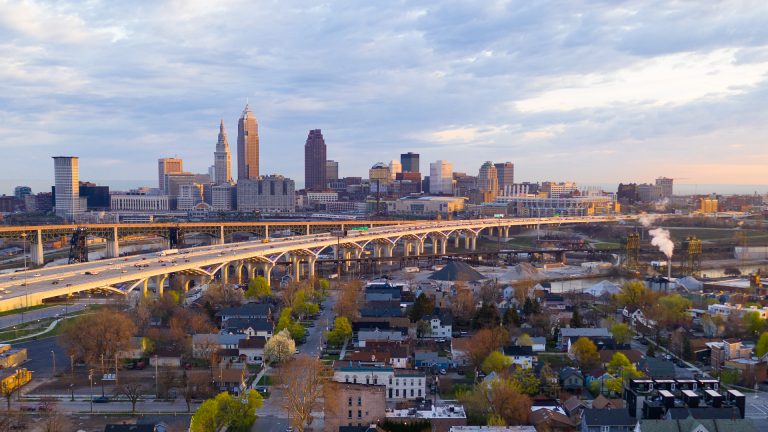Home prices across the US continue to rise, but at a slower pace than the pandemic-era boom. As of mid-2024, the average sales price of a home in the US was $442,525, up 4% from a year ago, according to Redfin. And persistently high mortgage rates have slowed real estate activity, with home sales down 12.1% year over year, according to Redfin.
However, real estate conditions can vary widely by region, and some housing markets may see significant increases by the end of the year.
Dan Richards, president of FlyHomes Mortgage, said current market conditions are not conducive to price inflation and that there isn’t much time left this year for that to change. “That said, if mortgage rates were to fall into the 6% range, we could see a surge in demand across the country and big short-term price increases in cities with the lowest inventory,” he added.
With that in mind, here are some cities with urban housing markets that could see values soar by the end of the year.
Philadelphia
Philadelphia home prices are below the national average, with the median home price at $280,000, a 3.7% increase from last year, according to Redfin, but that could change soon.
“East Coast and Midwest cities are seeing an unusually hot fall homebuying market, which could send prices soaring. Despite much buyer frustration, construction is slowing in these regions, creating a growing housing shortage and driving up home prices,” said Cody Holbert, licensed real estate broker with The Scott Group, a Compass subsidiary.
“As the election approaches, pressure will be on the Federal Reserve to cut interest rates, which will flood the market with buyers. If mortgage rates fall, the combination of a lack of inventory and increased demand will cause prices to soar,” he added.
Holbert believes Philadelphia is one of the markets seeing the strongest home price growth in these regions because housing prices are relatively affordable compared to other East Coast cities, which helps attract demand.
Cleveland
Cleveland stands out as a Midwestern city that fits Holbert’s perspective. Like Philadelphia, Cleveland may have the right combination of current relative affordability, slow home construction and an overall housing shortage that’s driving up home prices, Holbert said.
Right now, Cleveland is already seeing strong price growth, and it’s likely to continue to do so, especially considering the city’s low base price: The average home price in Cleveland is just $125,000, but it’s up 7.8% from a year ago, according to Redfin.
Boston
Boston is one of the East Coast cities where prices are likely to soar, even though home prices are already relatively high: The average home sold here for $830,000, but that’s up just 2.2% year over year, according to Redfin.
According to Richards, lower interest rates could lead to a surge in prices in cities like Boston that have low inventory, high demand, high population density and high-paying jobs.
San Francisco
Several West Coast cities that fit the criteria Richards cited also stand to see big price increases if interest rates fall, including San Francisco.
The pandemic has hit the city hard, with more people moving out than moving in. That has actually lowered home prices in San Francisco slightly, but it remains one of the most expensive housing markets in the country.
The median sales price of a home in San Francisco is $1.43 million, according to Redfin, which is 1.4% higher than a year ago but 7.4% lower than two years ago.
But San Francisco’s population is starting to grow again, and home prices may rebound.
Seattle
Like San Francisco prices, Seattle home prices are down slightly from 2022 but up 4.1% from last year, with the average sales price at $859,000, according to Redfin.
But Seattle fits Richards’ criteria: low housing inventory, high population density, and high-paying jobs make it a desirable place to live. All of this, combined, could lead to higher home prices if mortgage rates fall significantly by the end of 2024.
More from GOBankingRates


